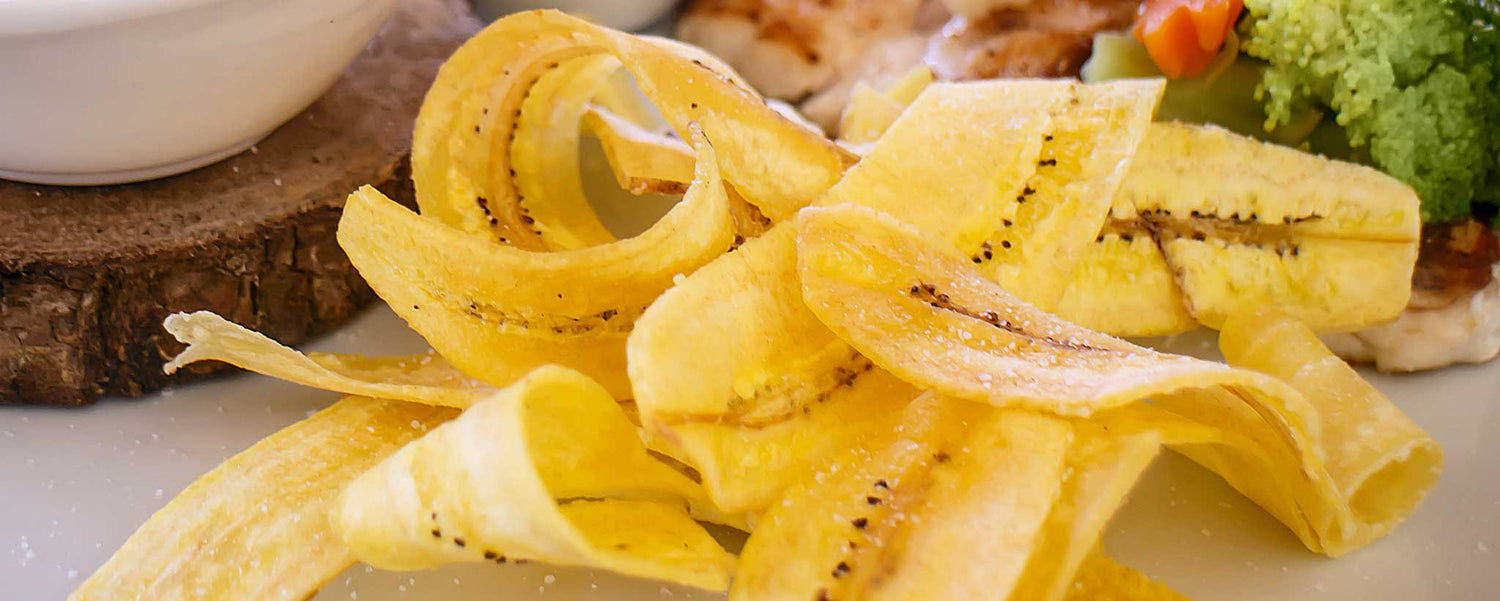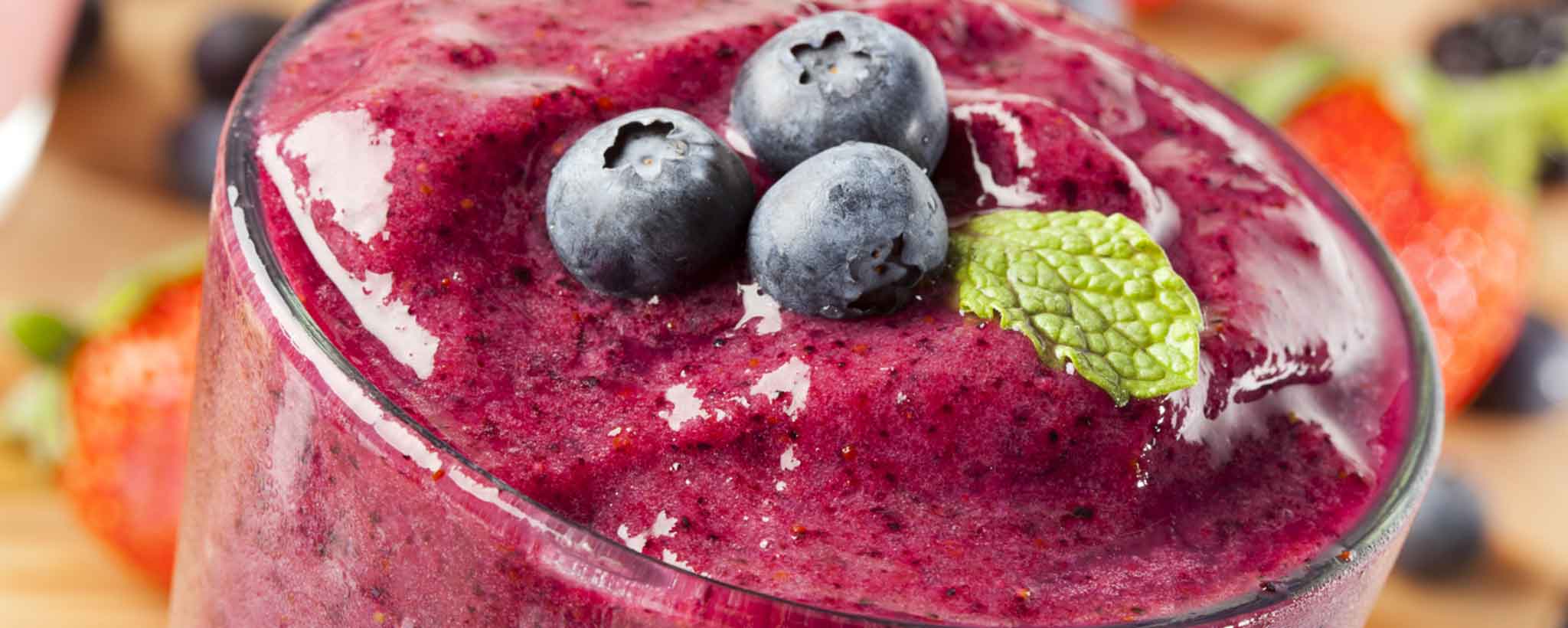Many Americans do not consume enough potassium. With abundant potassium food sources, consider various ways to eat it.
Potassium Function and Deficiency
As the third most abundant mineral in the body, 80% of potassium is found in our muscle cells, while the other 20% is within our bones, liver, and red blood cells. Interestingly, this conductor of electricity (electrolyte) energizes our bodies.
According to Sunithi Selvaraj, RD, “There are two forms: Potassium chloride, which is taken as a dietary supplement, and potassium citrate, which is found naturally in many foods.”

An essential nutrient, potassium helps regulate fluid balance, nerve signals, and muscle contractions. It is instrumental in activating nerve impulses that help regulate muscle contractions, heartbeat, reflexes, and many other processes. A potassium-rich diet may reduce blood pressure by helping the body remove excess sodium.
Muscle weakness, aches, stiffness, numbness (paresthesia), cramps, fatigue, heart palpitations, breathing difficulties, digestive symptoms, and mood changes may be signs of potassium deficiency (hypokalemia). Deficiencies are more likely to occur when the body suddenly loses too much potassium. This may be marked by chronic vomiting and diarrhea.
Your blood potassium level is normally 3.6 to 5.2 millimoles per liter (mmol/L). Having a blood potassium level higher than 6.0 mmol/L (hyperkalemia) can be dangerous and usually requires immediate treatment.
How To Get Daily Potassium
Many Americans do not consume enough potassium. You would need to eat 5 bananas, 3 avocados, and 2 yams to approach the recommended daily intake (RDI) of potassium—a whopping 4,700 mg.
Vitamin supplements don’t help much since they usually max out around 99 mg. This is because a potassium overdose can cause arrhythmia and even be fatal.
The good news is that most foods, especially fresh fruits and vegetables, are rich in potassium. Did you know that yams and avocados pack more potassium than bananas? A baked yam provides 12% of your minimum daily potassium requirement. Just 3.5 oz (100 g) of black beans represents a third of your daily requirement.
| Food, Standard Amount | Potassium (mg) | Calories |
|---|---|---|
| Black beans, 3.5 oz (100 g) | 1500 | 339 |
| Pinto beans, 3.5 oz (100 g) | 1393 | 347 |
| Potato, baked, flesh, 1 medium (213 g) | 897 | 163 |
| Salmon, half filet (198 g) | 719 | 412 |
| Sweet potato, baked, 1 medium (146 g) | 694 | 131 |
| Tomato paste, 4 oz (113 g) | 664 | 54 |
| Beet greens, cooked, 8 oz (230 g) | 655 | 19 |
| Coconut water, 8 oz (230 g) | 600 | 45 |
| White beans, canned, 8 oz (230 g) | 595 | 153 |
| Yogurt, plain, non-fat, 8 oz (230 g) | 579 | 127 |
| Tomato puree, 8 oz (230 g) | 549 | 48 |
| Clams, canned, 3 oz (85 g) | 534 | 126 |
| Yogurt, plain, low-fat, 8 oz (230 g) | 531 | 143 |
| Portobello mushroom, grilled, 1 cup (121 g) | 529 | 38 |
| Carrot juice, 12 oz (340 g) | 517 | 71 |
| Blackstrap molasses, 1 Tbsp | 498 | 47 |
| Butternut squash, 8 oz (230 g) | 493 | 63 |
| Halibut, cooked, 3 oz (85 g) | 490 | 119 |
| Soybeans, green, cooked, 8 oz (230 g) | 485 | 127 |
| Tuna, yellowfin, cooked, 3 oz (85 g) | 484 | 118 |
| Lima beans, cooked, 8 oz (230 g) | 484 | 104 |
| Broccoli, 1 serving (148 g) | 468 | 50 |
| Soybeans, mature, cooked, 8 oz (230 g) | 443 | 149 |
| Rockfish, Pacific, cooked, 3 oz (85 g) | 442 | 103 |
| Cod, Pacific, cooked, 3 oz (85 g) | 439 | 89 |
| Banana, 1 medium | 422 | 105 |
| Spinach, cooked, 8 oz (230 g) | 419 | 21 |
| Tomato juice, 12 oz (340 g) | 417 | 31 |
| Tomato sauce, 8 oz (230 g) | 405 | 39 |
| Peaches, dried, uncooked, 4 oz (113 g) | 398 | 96 |
| Prunes, stewed, 8 oz (230 g) | 398 | 133 |
| Milk, non-fat, 8 oz (230 g) | 382 | 83 |
| Pork chop, center loin, cooked, 3 oz (85 g) | 382 | 197 |
| Apricots, dried, uncooked, 4 oz (113 g) | 378 | 78 |
| Rainbow trout, farmed, cooked, 3 oz (85 g) | 375 | 144 |
| Pork loin, center rib (roasts), lean, roasted, 3 oz (85 g) | 371 | 190 |
| Buttermilk, cultured, low-fat, 8 oz (230 g) | 370 | 98 |
| Cantaloupe, ¼ medium | 368 | 47 |
| Milk 1% fat, 8 oz (230 g) | 366 | 102 |
| Honeydew melon, 1/8 medium | 365 | 58 |
| Lentils, cooked, 8 oz (230 g) | 365 | 115 |
| Plantains, cooked, ½ cup slices | 358 | 90 |
| Kidney beans, cooked, 8 oz (230 g) | 358 | 112 |
| Orange juice, 12 oz (340 g) | 355 | 85 |
| Split peas, cooked, 8 oz (230 g) | 355 | 116 |
| Yogurt, plain, whole milk, 8 oz container | 352 | 138 |
| Kale, 8 oz (230 g) | 329 | 33 |
| Watermelon, 1 serving (280 g) | 324 | 85 |
| Cauliflower, 3.5 oz (100 g) | 299 | 25 |
| Carrot, 1 medium (61 g) | 195 | 25 |
| Swiss chard, 1 cup (36 g) | 136 | 7 |
You may sense the need to increase your potassium. With an abundant variety of potassium sources, consider varying the ways you consume it. Try infusing your diet with chocolate avocado banana bread, avocado banana smoothies, beans, and baked yams.

Potassium Packed Smoothies from Sue’s Nutrition Buzz
The bottom line is that if you eat three healthy meals per day, you are unlikely to have a significant potassium shortage. If it does occur through malnutrition, there are several natural food sources without resorting to dietary supplements.
Severe malnutrition should be treated by a medical professional and may include intravenous supplementation. In such cases, potassium depletion will likely be one of several nutritional deficiencies.
To support the writing of scholarly articles about nutrition, ClinicalPosters sells human anatomy charts, scientific posters, and other products online. You may sponsor specific articles, become a ClinicalNovellas Member, or remit a small donation.
ClinicalPosters sells human anatomy charts, scientific posters, and other products online to offset expense of the writing useful articles about nutrition. Slide extra posters into DeuPair Frames without removing from the wall.
Show your support by donating, shopping for ClinicalPins, becoming a ClinicalNovellas Member, or leaving an encouraging comment to keep the research going.
To support the writing of useful articles about nutrition, ClinicalPosters sells human anatomy charts, scientific posters, and other products online. You may sponsor specific articles or remit a small donation.
ClinicalPosters sells human anatomy charts, scientific posters, and other products online to offset expense of the writing useful articles about nutrition. Slide extra posters into DeuPair Frames without removing from the wall.
ClinicalPosters sells human anatomy charts, scientific posters, and other products online. You may remit a small donation or become a ClinicalNovellas Member.
You can support the writing of useful articles about nutrition by sponsoring specific articles, becoming a ClinicalNovellas Member, or remitting a small donation. Visible content is optimized for device size.






 Romance & Health Intertwine. Fall in love with a captivating romance miniseries that explores the essence of well-being. Become a ClinicalNovellas member for heartwarming tales.
Romance & Health Intertwine. Fall in love with a captivating romance miniseries that explores the essence of well-being. Become a ClinicalNovellas member for heartwarming tales.






